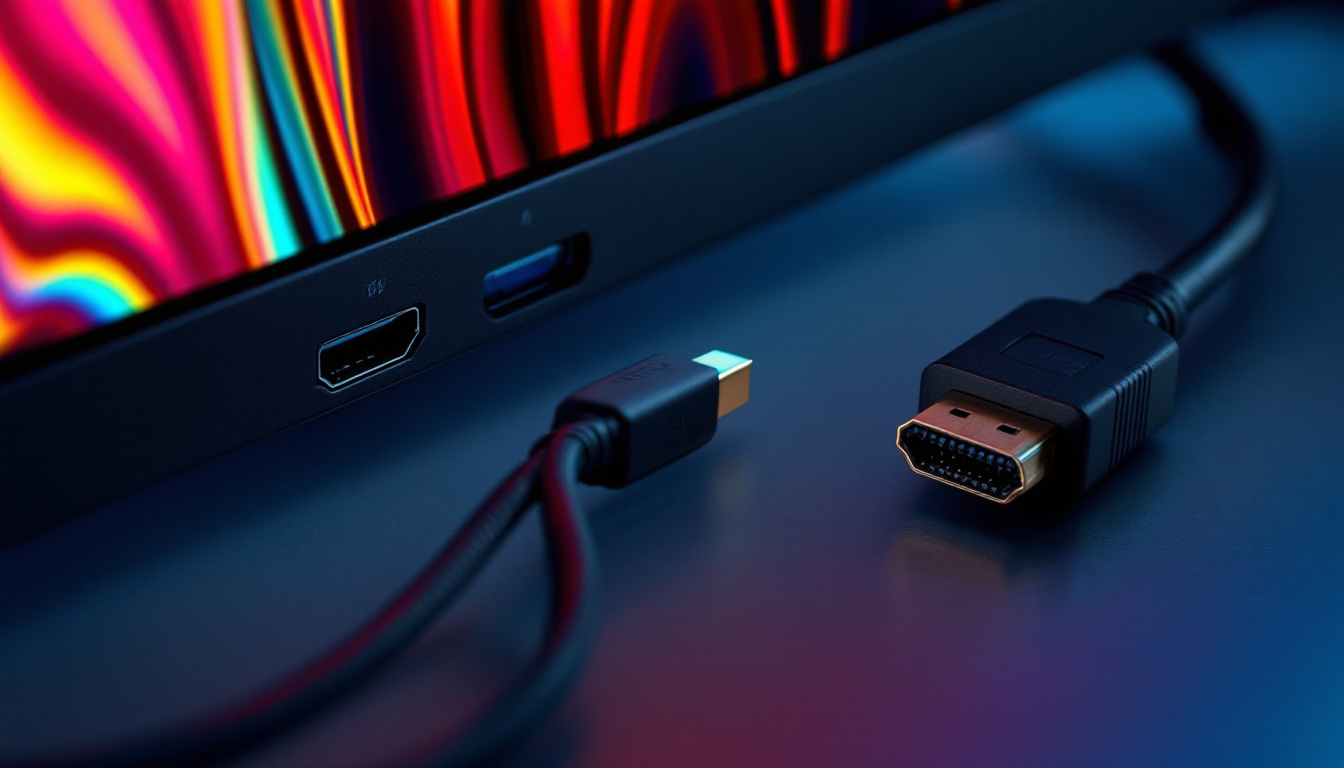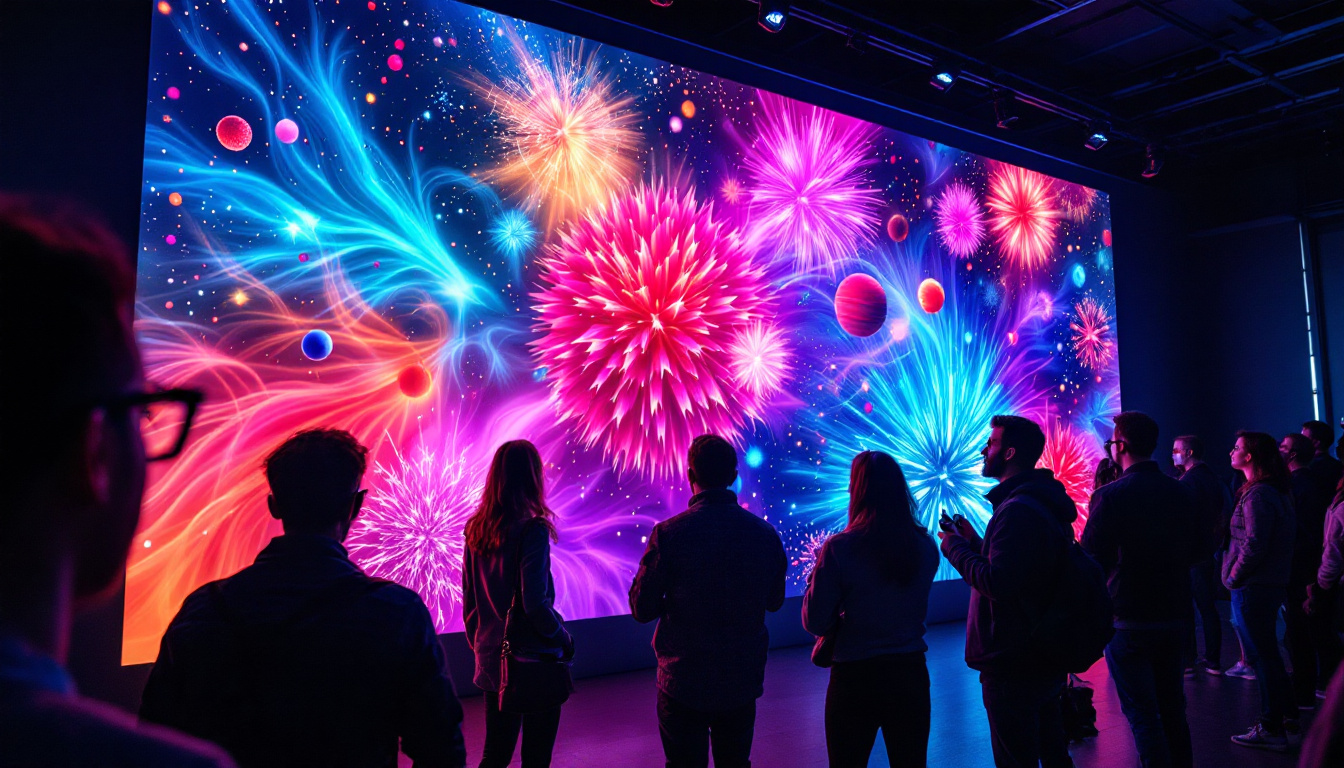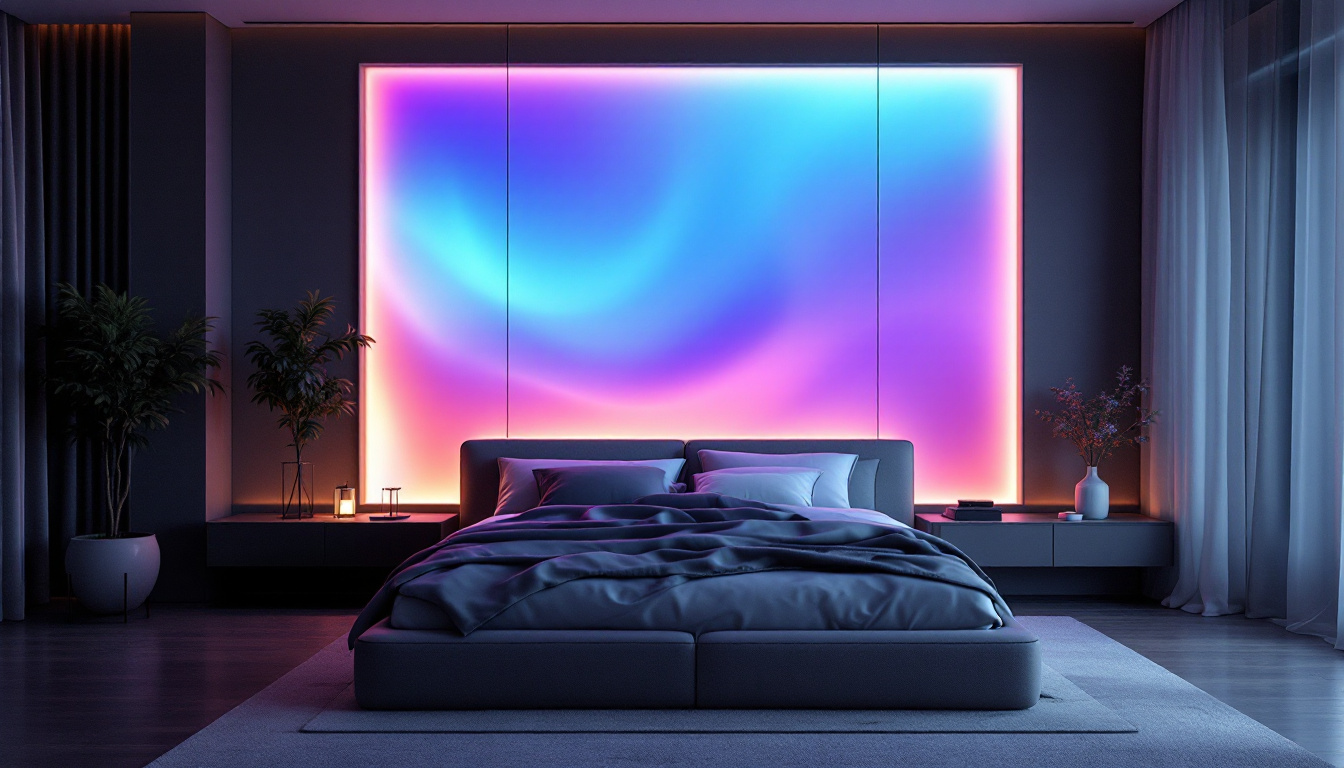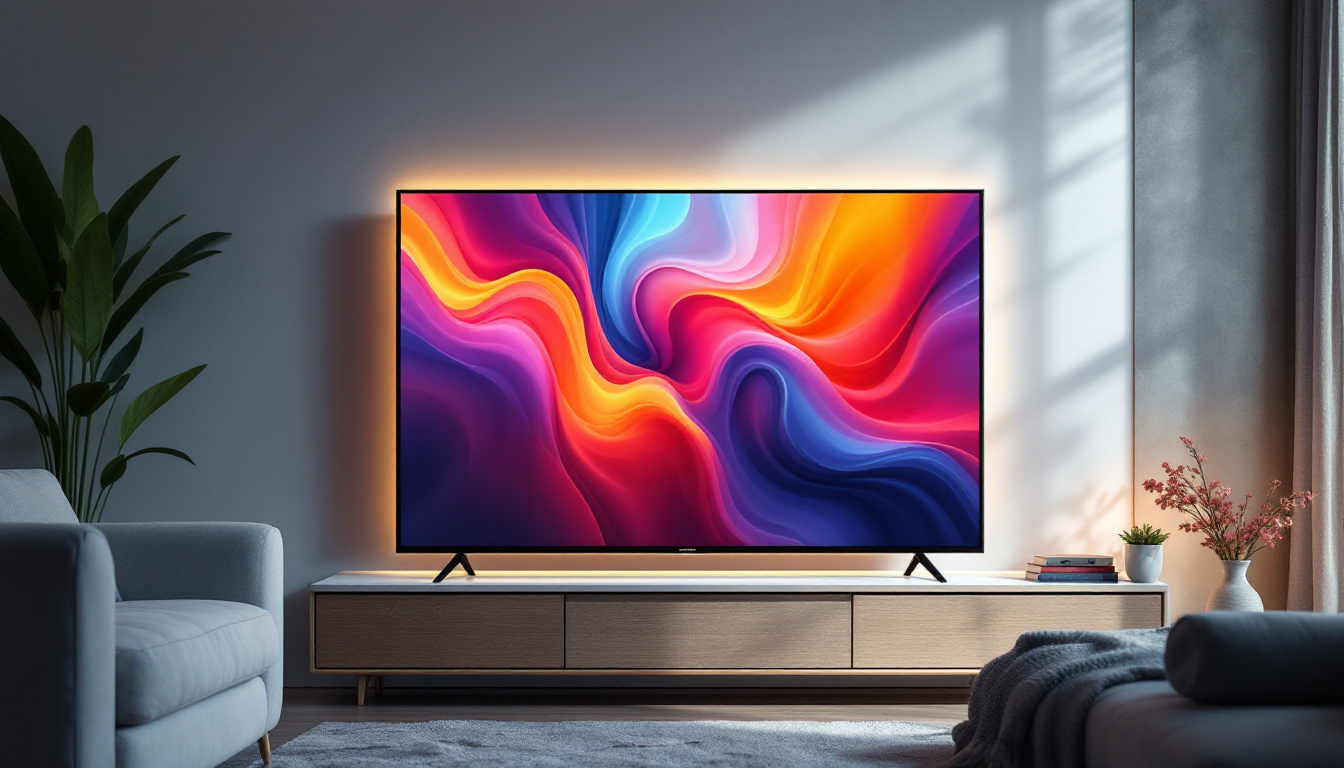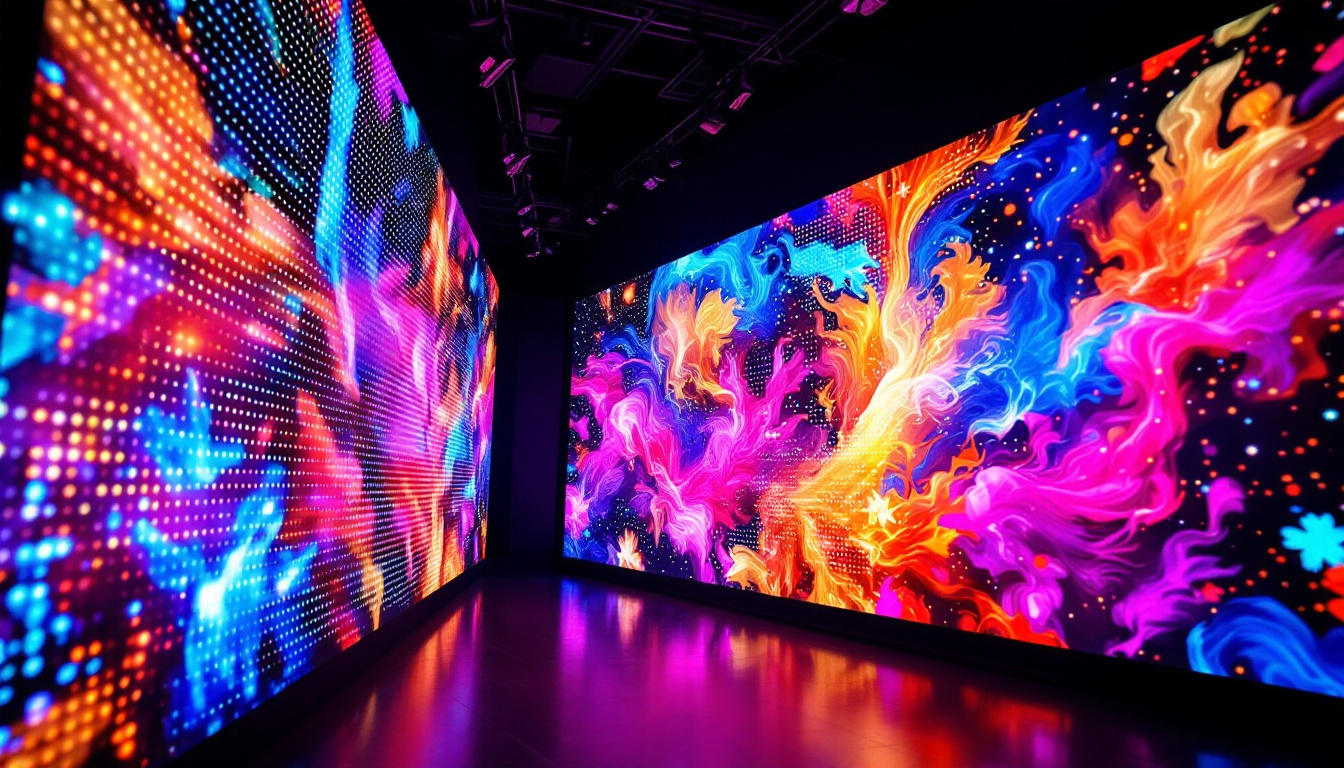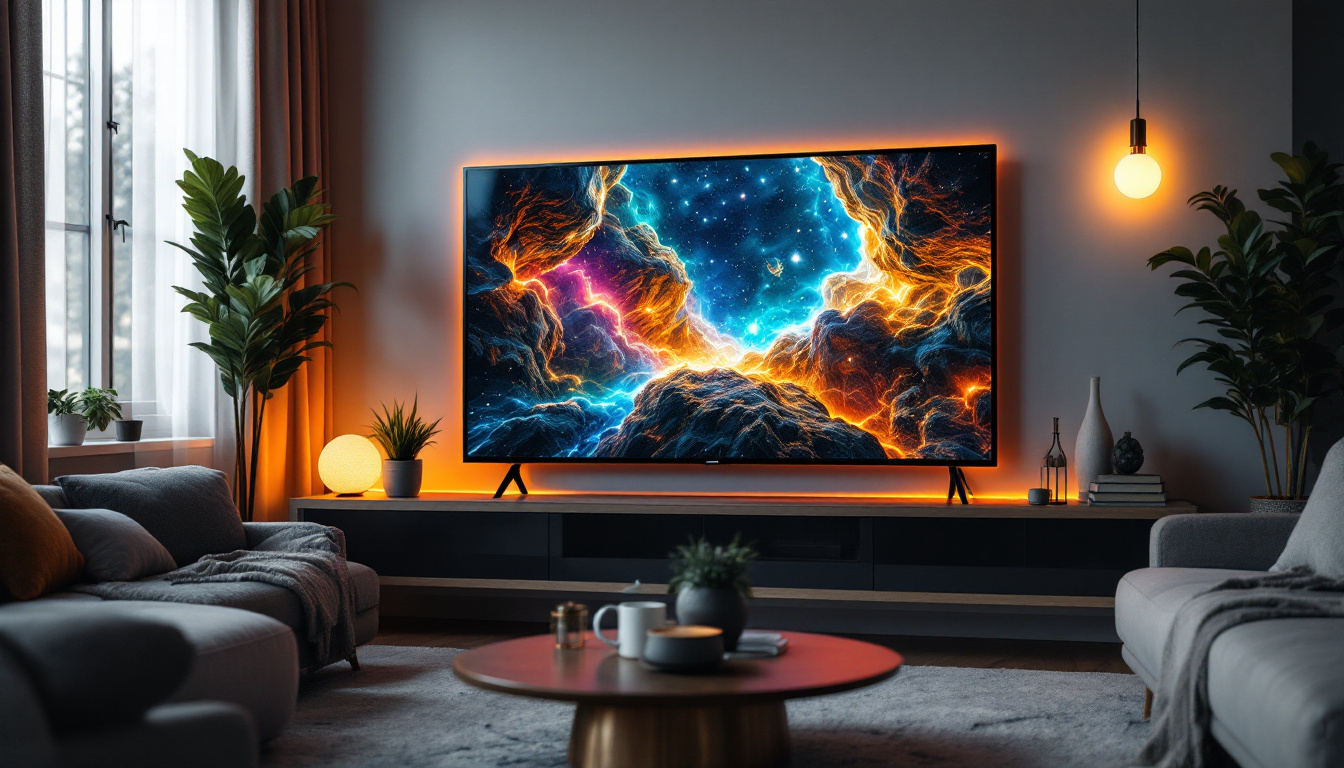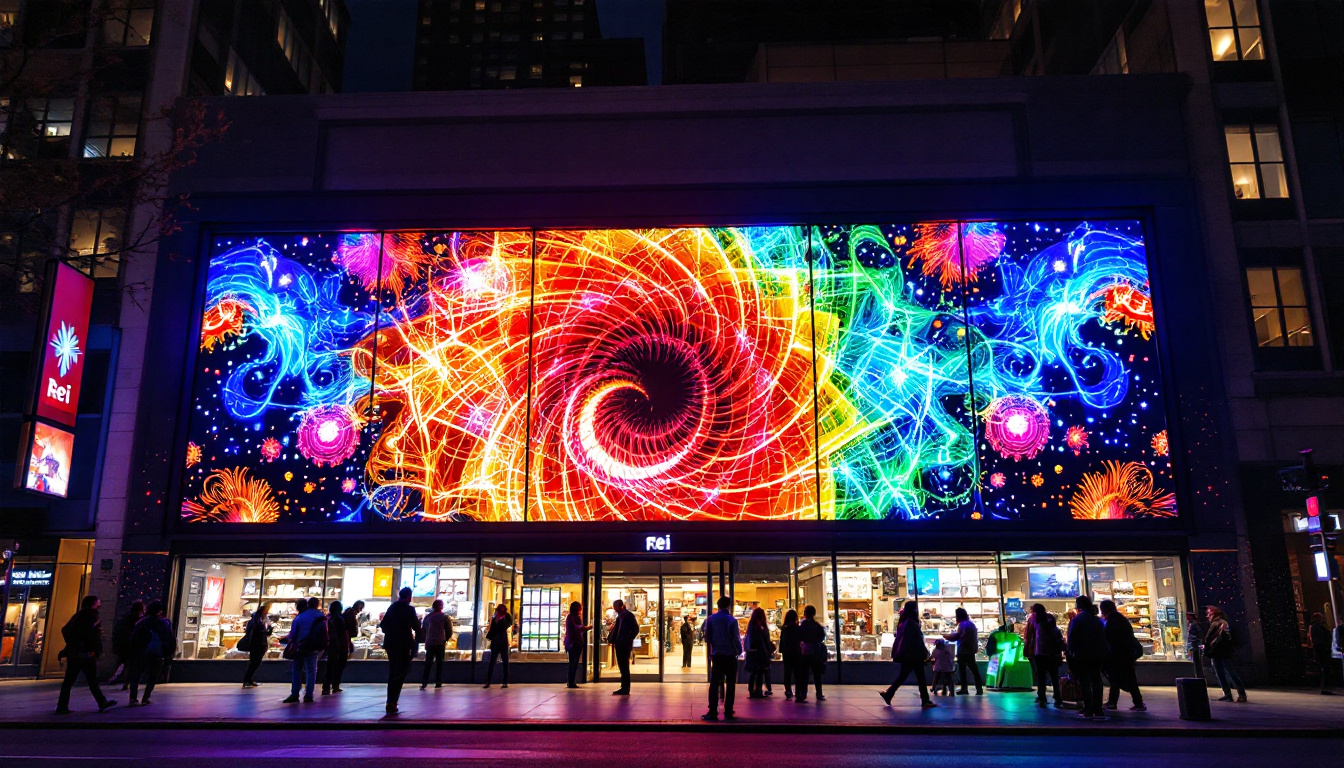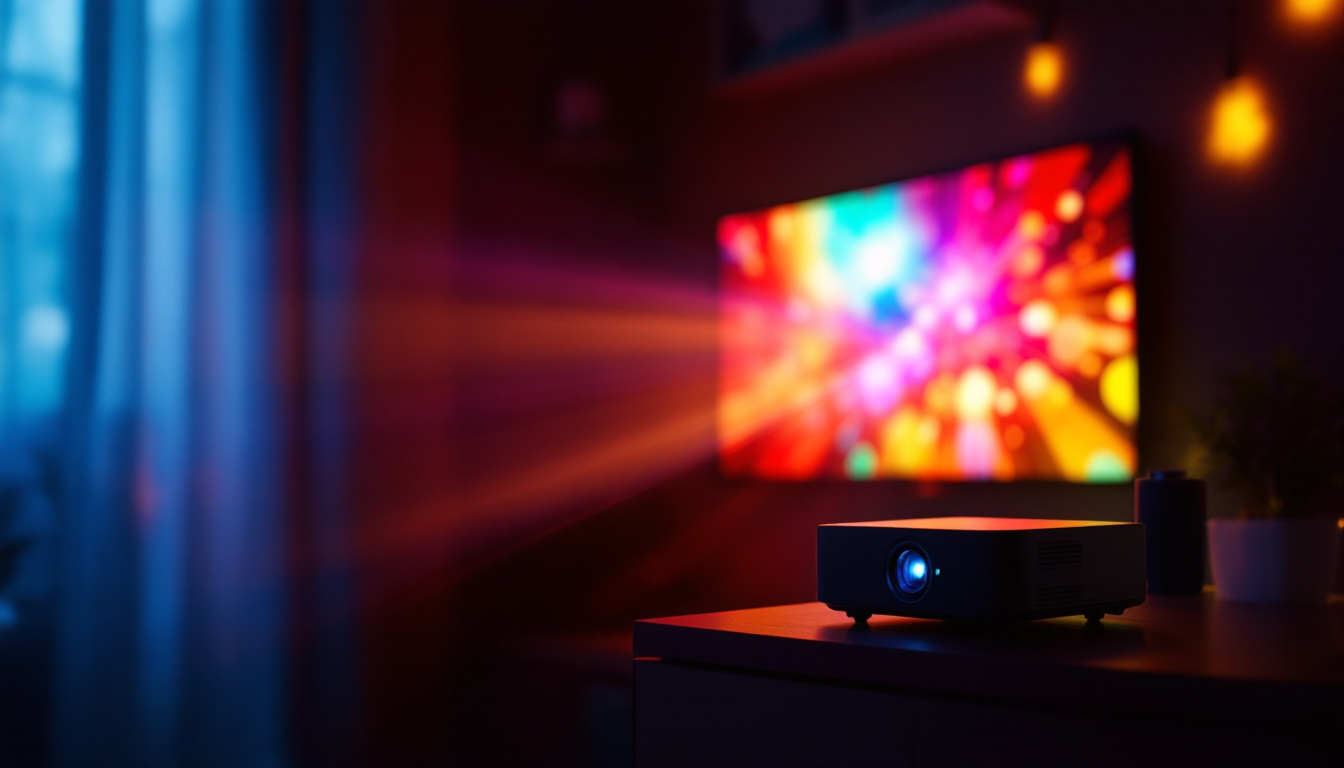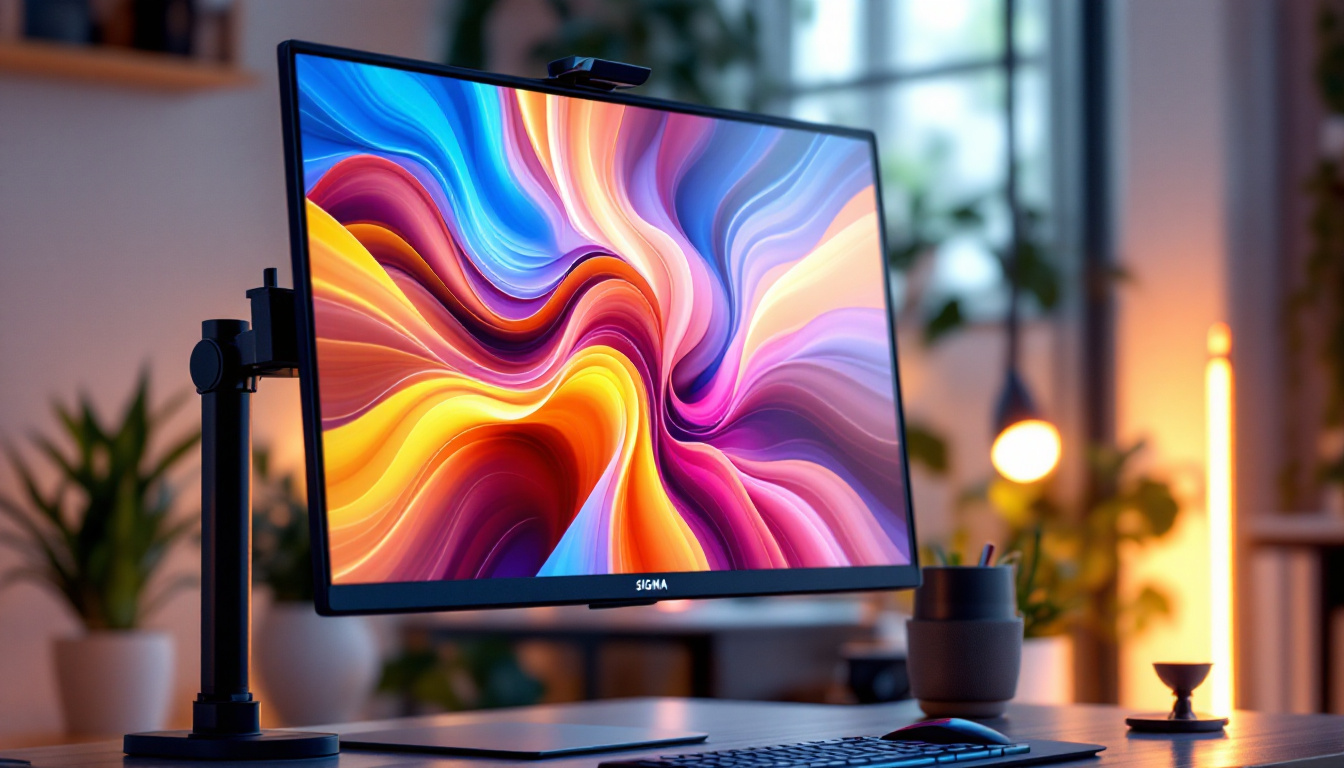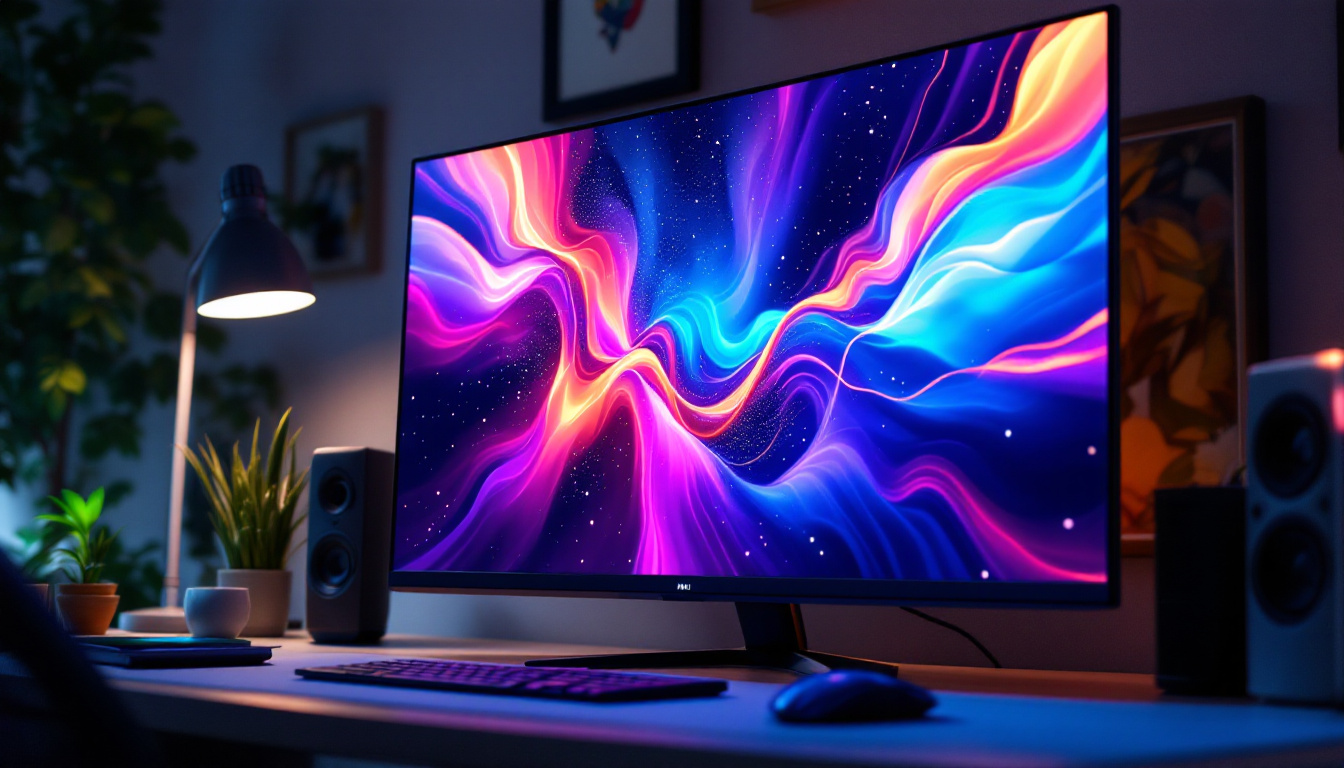Displayport Versus HDMI: LED Display Explained
In the world of digital connectivity, DisplayPort and HDMI are two of the most common standards used for connecting devices to LED displays. Each has its unique features, advantages, and limitations. Understanding these differences is crucial for consumers and professionals alike, as it can significantly impact the overall viewing experience. This article delves into the specifics of DisplayPort and HDMI, comparing their functionalities, applications, and performance to help you make an informed decision.
Understanding the Basics
Before diving into the intricacies of DisplayPort and HDMI, it’s essential to grasp what each technology entails. Both are designed to transmit audio and video signals from a source device, such as a computer or gaming console, to a display device, like a monitor or television.
What is HDMI?
High-Definition Multimedia Interface (HDMI) is a widely used standard that has become the go-to choice for consumer electronics. Introduced in 2003, HDMI supports high-definition video and multi-channel audio in a single cable. This simplicity has made it a favorite among home theater enthusiasts and casual users alike.
HDMI comes in several versions, each offering different capabilities. For instance, HDMI 1.4 introduced support for 4K video, while HDMI 2.0 expanded bandwidth to accommodate higher resolutions and refresh rates. The latest versions, such as HDMI 2.1, offer even more advanced features, including support for 8K resolution and variable refresh rates, making it ideal for gaming. Furthermore, HDMI also supports features like Audio Return Channel (ARC) and Enhanced Audio Return Channel (eARC), which allow audio to be sent back from the TV to an audio receiver, streamlining the connection and enhancing the overall audio experience.
What is DisplayPort?
DisplayPort, developed by the VESA (Video Electronics Standards Association), is another digital display interface that emerged in 2006. It was designed primarily for computer monitors and offers several advantages over HDMI, particularly in professional and gaming environments.
DisplayPort supports higher resolutions and refresh rates than earlier versions of HDMI. For example, DisplayPort 1.4 can handle 8K video at 60Hz, while the latest version, DisplayPort 2.0, significantly increases bandwidth, allowing for even more impressive resolutions and refresh rates. Additionally, DisplayPort supports daisy chaining multiple monitors, which is a feature that can be particularly beneficial for productivity setups. This capability allows users to connect several displays to a single output, creating an expansive workspace that can enhance multitasking and improve workflow efficiency. Moreover, DisplayPort also includes support for Adaptive Sync technology, which can eliminate screen tearing during gaming, providing a smoother and more immersive experience for gamers and graphic designers alike.
Comparative Analysis: DisplayPort vs. HDMI
When deciding between DisplayPort and HDMI, several factors come into play. These include resolution, refresh rates, audio capabilities, and additional features. Understanding these differences can help users choose the right connection for their specific needs.
Resolution and Refresh Rates
One of the most critical aspects of any display connection is its ability to support high resolutions and refresh rates. HDMI has made significant strides in this area, especially with the introduction of HDMI 2.1, which supports up to 10K resolution at 120Hz. However, DisplayPort has consistently been at the forefront of high-performance displays.
For instance, DisplayPort 1.4 can support 8K resolution at 60Hz with HDR, while DisplayPort 2.0 can theoretically handle up to 16K resolution. This makes DisplayPort an excellent choice for gamers and professionals who require the highest possible performance from their displays. Additionally, the increased bandwidth of DisplayPort allows for higher color depths and refresh rates, making it particularly appealing for those engaged in graphic design, video editing, or gaming at competitive levels. As technology continues to advance, the gap between these two standards may narrow, but for now, DisplayPort remains a go-to for cutting-edge visual experiences.
Audio Capabilities
Both HDMI and DisplayPort can transmit audio alongside video, but there are differences in their capabilities. HDMI supports a wide range of audio formats, including multi-channel audio and advanced audio return channel (ARC) features, which can simplify connections in home theater setups.
On the other hand, DisplayPort also supports high-quality audio formats, but it is often used in environments where video quality is prioritized. For most users, the audio capabilities of both standards will suffice, but those with specific audio requirements may want to consider their options carefully. Furthermore, the versatility of HDMI in consumer electronics makes it a preferred choice for connecting devices like soundbars and AV receivers, where audio performance is paramount. In contrast, DisplayPort is often favored in professional environments where the focus is on delivering pristine video quality, such as in design studios and high-end gaming rigs.
Additional Features
Beyond basic video and audio transmission, both HDMI and DisplayPort offer unique features that cater to different user needs. For instance, HDMI includes features like Consumer Electronics Control (CEC), which allows users to control multiple devices with a single remote. This can be particularly useful in home theater setups.
DisplayPort, however, shines in multi-monitor setups with its daisy chaining capability. This allows users to connect multiple monitors to a single DisplayPort output, reducing cable clutter and simplifying connections. This feature is particularly advantageous for professionals who require extensive screen real estate for productivity. Additionally, DisplayPort’s support for Adaptive Sync technology, which reduces screen tearing and stuttering in gaming, makes it an appealing option for gamers who seek smooth and responsive gameplay. Meanwhile, HDMI’s versatility in supporting a range of consumer electronics, from gaming consoles to streaming devices, ensures that it remains a staple in many households, catering to a broader audience with diverse needs.
Practical Applications
Understanding the technical specifications of DisplayPort and HDMI is essential, but it’s equally important to consider their practical applications. Different scenarios may favor one connection type over the other, depending on the user’s needs.
Gaming
For gamers, the choice between DisplayPort and HDMI often boils down to performance. DisplayPort is generally preferred for high-refresh-rate gaming, especially in competitive environments where every millisecond counts. Its ability to support higher resolutions and refresh rates makes it an excellent choice for high-end gaming monitors.
However, with the advent of HDMI 2.1, the gap is narrowing. Many modern gaming consoles and TVs now support HDMI 2.1, allowing for features like 120Hz refresh rates at 4K resolution. Gamers should consider their specific hardware and gaming preferences when making a decision. In addition, features like Variable Refresh Rate (VRR) and Auto Low Latency Mode (ALLM) found in HDMI 2.1 can significantly enhance the gaming experience by reducing screen tearing and input lag, making it a compelling option for console gamers seeking smooth gameplay.
Home Theater Systems
In home theater systems, HDMI tends to be the more popular choice due to its widespread compatibility with TVs, soundbars, and other consumer electronics. The ability to transmit both audio and video through a single cable simplifies setup and reduces clutter.
Moreover, HDMI’s support for advanced audio formats and features like ARC and CEC enhances the overall home theater experience. For users focused on creating a seamless entertainment system, HDMI is often the preferred option. This is particularly true for those who utilize smart TVs, as HDMI connections can facilitate easy integration with streaming devices and other peripherals, allowing for a more streamlined user experience. Additionally, the support for HDR (High Dynamic Range) content over HDMI means that home theater enthusiasts can enjoy richer colors and better contrast, further elevating their viewing experience.
Professional and Creative Workflows
In professional environments, particularly in fields like graphic design, video editing, and 3D modeling, DisplayPort is often favored. Its support for higher resolutions, refresh rates, and daisy chaining capabilities make it ideal for multi-monitor setups that enhance productivity.
Additionally, DisplayPort’s ability to handle high bandwidth means that professionals can work with high-resolution content without experiencing lag or degradation in quality. For those who rely on precise color accuracy and high-performance displays, DisplayPort is typically the better choice. Furthermore, the versatility of DisplayPort in supporting various adapters allows professionals to connect to a wide range of display types, from traditional monitors to cutting-edge VR headsets. This adaptability is crucial in creative workflows where different display technologies may be employed to achieve the desired visual effects and accuracy.
Future Trends and Developments
As technology continues to evolve, both HDMI and DisplayPort are likely to see further advancements. The demand for higher resolutions, faster refresh rates, and improved audio capabilities will drive innovation in both standards.
HDMI Developments
HDMI 2.1 has already introduced several groundbreaking features, such as support for 8K resolution and enhanced audio return channel capabilities. Future versions of HDMI are expected to continue this trend, focusing on improving bandwidth and supporting new audio formats.
As more devices adopt HDMI 2.1, users can expect a more seamless experience across their home entertainment systems, making HDMI an attractive option for consumers.
DisplayPort Innovations
DisplayPort is also poised for growth, particularly with the introduction of DisplayPort 2.0. This version promises to deliver unprecedented bandwidth, allowing for even higher resolutions and refresh rates. As display technology advances, DisplayPort’s capabilities will likely expand, making it a compelling choice for professionals and gamers alike.
Moreover, the continued support for daisy chaining and advanced features will keep DisplayPort relevant in multi-monitor setups and high-performance environments.
Conclusion
Choosing between DisplayPort and HDMI ultimately depends on individual needs and use cases. HDMI is an excellent choice for home theater systems and general consumer electronics, while DisplayPort excels in professional and gaming environments where performance is paramount.
As technology continues to advance, both standards will evolve to meet the demands of users. Understanding the differences between DisplayPort and HDMI can help consumers make informed decisions that enhance their viewing experiences, whether at home or in a professional setting.
Ultimately, the best choice will depend on the specific devices being used, the intended applications, and personal preferences. By considering these factors, users can ensure they select the right connection to maximize their LED display experience.
Explore Cutting-Edge LED Display Solutions with LumenMatrix
Whether you’re setting up a dynamic home theater, enhancing your gaming experience, or elevating professional and creative workflows, the right LED display technology can make all the difference. LumenMatrix, a leader in LED display innovation, offers a wide array of solutions tailored to your needs. From Indoor and Outdoor LED Wall Displays to specialized options like Vehicle LED Displays and Custom LED Solutions, LumenMatrix is committed to transforming your visual communication. Check out LumenMatrix LED Display Solutions today and experience the future of visual storytelling.

